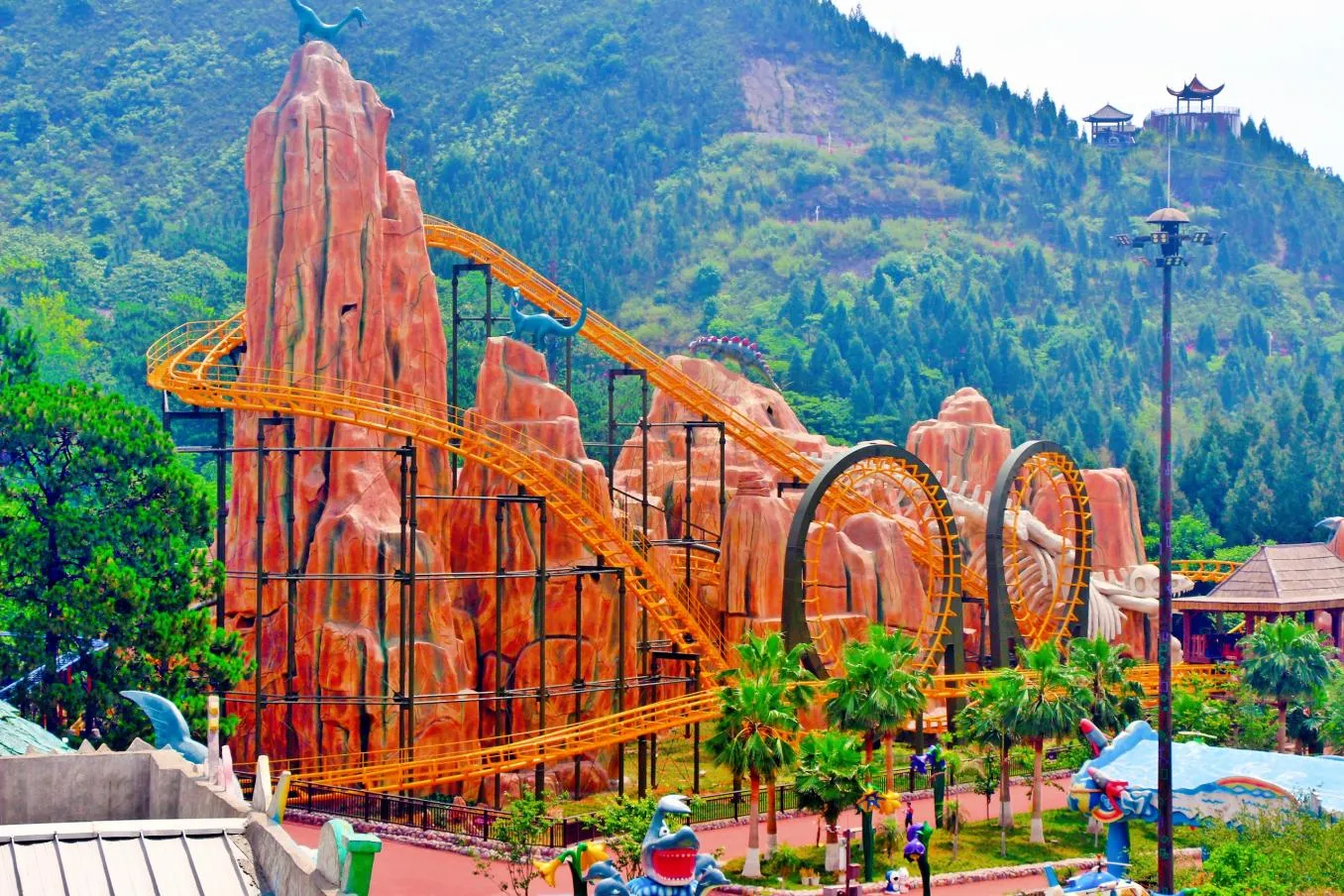- Albanian
- Arabic
- Belarusian
- Bengali
- Czech
- English
- French
- German
- Hebrew
- Hungarian
- Indonesian
- irish
- Italian
- Japanese
- kazakh
- Persian
- Russian
- Thai
- Uzbek
- Vietnamese
roller coaster blueprints
The Thrill of Design Exploring Roller Coaster Blueprints
Roller coasters have long been synonymous with thrill and excitement, captivating audiences with their dizzying heights, gut-wrenching drops, and heart-pounding speeds. While the experience of riding a roller coaster is exhilarating, the artistry and engineering behind the scenes are equally fascinating. In this article, we delve into the intricate world of roller coaster blueprints, exploring the key components that make these adrenaline-pumping rides possible.
The process of designing a roller coaster begins long before the first train ever rolls out of the station. It involves a collaborative effort among engineers, architects, and designers who bring their unique skills to the table. At the heart of this development process are the blueprints, detailed technical drawings that serve as the foundation for constructing the ride. These blueprints encompass not only the track layout but also the structural supports, system designs, and safety features.
One of the primary elements depicted in roller coaster blueprints is the track layout itself. Engineers meticulously design the track to include various elements like loops, corkscrews, and steep drops. The dimensions are critical; they must conform to specific safety standards while also creating a thrilling experience for riders. The vertical and horizontal curves are calculated to generate the right amount of centrifugal force, providing an exhilarating ‘air-time’ feeling that coasters are famous for. The challenge lies in balancing speed with safety to ensure a fun yet secure experience.
Another crucial aspect of roller coaster blueprints is the structural support system. The safety and stability of the ride depend heavily on the design of the supports, which must withstand the forces exerted on them during operation. Engineers employ a variety of materials such as steel or reinforced wood, using advanced simulation software to analyze stress points and optimize strength. These calculations help in determining where supports should be placed and how tall they must be to maintain the integrity of the ride, especially during sharp turns and rapid descents.
roller coaster blueprints

Safety is of utmost importance in roller coaster design. Comprehensive safety systems are integrated into the design from the very beginning, and this is reflected in the blueprints. These systems include features such as automatic braking systems, safety restraints, and emergency stop mechanisms. Engineers must adhere to strict local and international safety regulations, and thorough testing is conducted to ensure that every ride meets these standards before it can open to the public.
Moreover, the aesthetic aspect of roller coaster design cannot be overlooked. Blueprints often incorporate creative elements that enhance the visual impact of the ride. Color schemes, architectural styles, and thematic elements play significant roles in how the coaster fits into its surrounding environment. Designers aim to create a unique experience that is not only thrilling but also visually appealing, often making the coaster a landmark within the amusement park.
In addition to the technical and aesthetic considerations, there’s also an element of innovation in roller coaster design. Over the years, engineers have pushed the boundaries of what’s possible, introducing new technologies, materials, and designs that create unprecedented experiences. Innovations like virtual reality integration, launched coasters, and hybrid designs that combine wood and steel are all results of a desire to thrill audiences in new ways. These advancements are meticulously represented in the blueprints, showcasing the forward-thinking mindset that continually shapes the industry.
Once the blueprints are finalized, a new phase begins—the construction phase. The blueprints serve as a roadmap for skilled craftsmen and construction workers, who bring the designs to life. This process takes a significant amount of time, resources, and expertise, and it is not uncommon for construction to face unforeseen challenges. However, with careful planning and adherence to the blueprints, the end result is often a breathtaking roller coaster that becomes the centerpiece of any amusement park.
In conclusion, roller coaster blueprints are much more than simple drawings; they are the culmination of art, engineering, and passion. Each line, curve, and support structure represents countless hours of design and thought aimed at delivering the ultimate thrill. As roller coasters continue to evolve, the blueprints will remain a testament to the ingenuity and creativity of the people behind these incredible rides, providing exhilarating experiences for thrill-seekers around the world.
-
Flume Ride-Hebei Zhipao Amusement Equipment Manufacturing Co., Ltd.|Thrilling Water Attraction&Customizable DesignJul.30,2025
-
Flume Ride - Hebei Zhipao Amusement Equipment | Water Coaster, Thrilling DescentJul.30,2025
-
Flume Ride - Hebei Zhipao | Thrilling Water AttractionJul.30,2025
-
Flume Ride: Thrilling Water Attraction by Hebei Zhipao|Log Flume Manufacturers&Flume Ride DesignJul.30,2025
-
Flume Ride-Hebei Zhipao Amusement Equipment Manufacturing Co., Ltd.|Thrilling Water Coaster, Safe DesignJul.30,2025
-
Flume Ride-Hebei Zhipao Amusement Equipment Manufacturing Co., Ltd.|Thrilling Water Attraction, Safe DesignJul.30,2025
